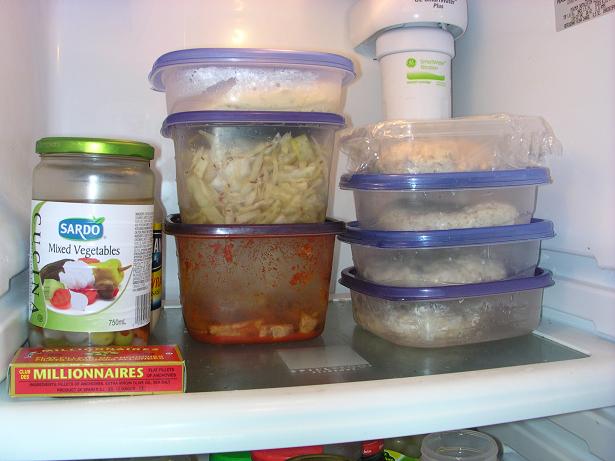Hi guys. I just got a kettle pizza insert and wanted to share my experience with you all, since this board was the reason that I decided to give it a try.
My kettle pizza arrived today, and I put it together in about 10 minutes. It is very easy to assemble, and pretty much anyone can do it without issue. My setup came with the insert ring, handles, a thermometer, a wooden pizza peel, and a pizza stone.
Due to time constraints, and my not wanting a bad recipe to ruin my test of my kettle pizza, I bought the dough from my local pizzeria. I used Cento sauce from a can, fresh sliced mozzarella, and Hormel pepperoni from a bag.
I started the pizza kettle using the manufacturer's directions. A full chimney of Kingsford, and poured them in a C shape around my stone. I then placed 5-6 good sized chunks of hickory on top, of the lit coals. I inserted my kettle pizza with my grate, then my stone, and then covered it with the top vents closed. While my stone heated up, I went to assemble my pizza. I assembled the pizza using this method.
http://vimeo.com/12139660. dough, fresh mozzarella, sauce, fresh parmesan cheese, pepperoni, fresh basil.
My kettle temps climbed very quickly, and within 10 minutes, the needle on my thermometer was pegged past the 700 degree mark. When my stone turned a bit brownish, I figured that it was hot enough to cook pizza on. I placed my first pie in my kettle.
My reason for wanting the kettle pizza was because of the claims that a traditional oven will not get hot enough to cook pizza. I also wanted to mimic the classic brick oven approach without having to modify my actual oven. The pizza kettle delivers in this area. In fact I burned my first pie due to overcooking it. It did have a nice char on it, but more than what I am looking for. My second pizza came out great. Both were easy enough to manage, but the temps were right at 700 or so for my second pie. Both turned out delicious, and my wife and 13 year old son enjoyed both pizzas. They were nice and crispy on the bottom, and the toppings were cooked nicely as well.
Overall, I am very happy with my Kettle pizza, and I believe that this product does what it claims. I stopped cooking about an hour ago and my temps are still up around 500 degrees. Once I learn to make my own dough, and when I add my own pizza sauce, I feel that my pizzas will be as good as any out there. I hope this review helps those who are on the fence about purchasing this product. I also have the EZ-Q rotisserie, and I feel that this is on par with that as being a quality aftermarket product for the Weber kettle.


